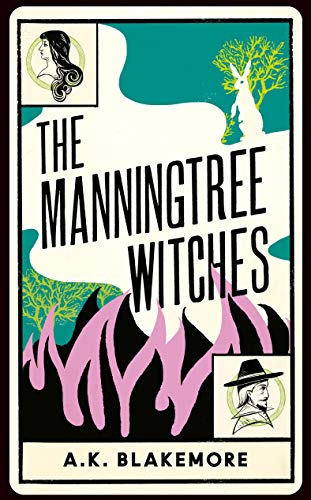The Manningtree Witches
Set in England in 1643, The Manningtree Witches is based on the activities of Matthew Hopkins, the self-styled Witchfinder General. Told through the eyes of Rebecca, one of the women later accused of witchcraft, the story begins with the arrival of Hopkins in the remote Essex village of Manningtree. It is the height of the Civil War and most of the men are away fighting. Hopkins takes over the village tavern, and is soon established as one of the local worthies. When a boy has a fit, and subsequently dies, after an altercation with a local woman, the accusations begin and Hopkins becomes involved. The “witches” are mostly unmarried women or widows, automatic objects of suspicion. They are removed to Colchester jail to wait, powerless, for whatever lies ahead.
The novel places the witch hunts of the 17th century within their sociological context. It shows how tensions are inflamed by petty rivalries, deprivation and boredom. The fear and ignorance of the poorly educated villagers contrasts with the sophistry of Hopkins and his associates. The author’s previous work as a poet is evident in her exquisite prose, evoking the minutiae of everyday life and the bleak Essex landscape.
The Manningtree Witches paints a picture of “an upside-down time”, when the Devil makes work for idle hands. In the end the person the Devil makes the most work for seems to be Hopkins himself, chillingly portrayed as a troubled ascetic who struggles to contain an almost visceral excitement at the arrest and examination of “all the souls under [his] power”. Thoroughly recommended.










